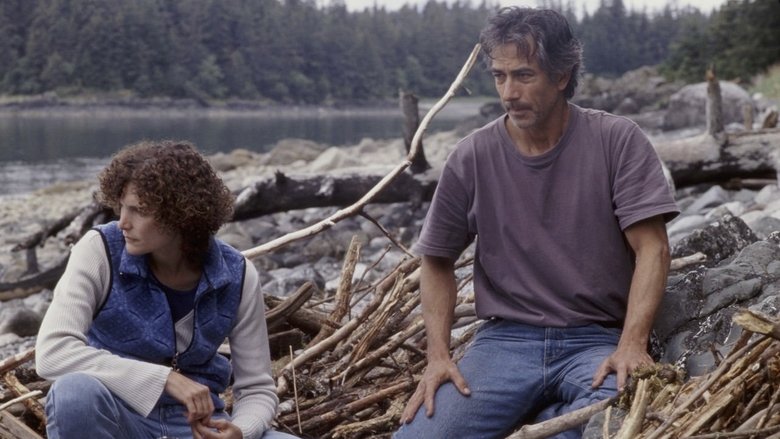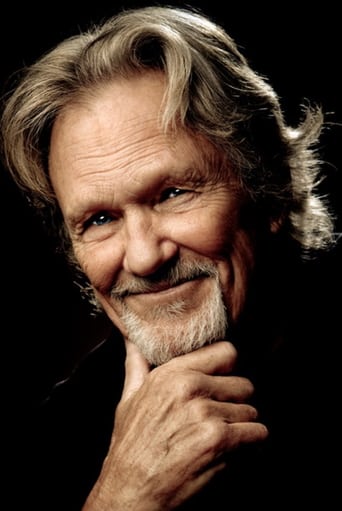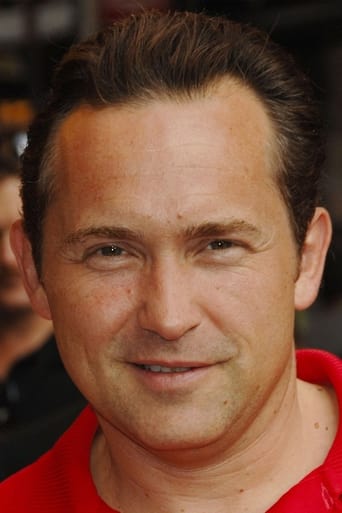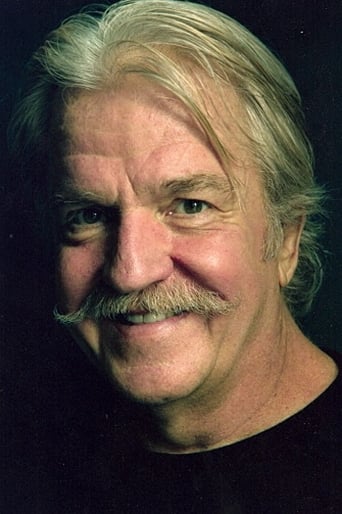Traumatized by a fishing boat accident many years before, Joe Gastineau has given up his hopes for a life beyond the odd jobs he takes to support himself. That quickly changes when nomadic club singer Donna de Angelo and her troubled teen-age daughter enter Joe’s life. Both mother and daughter fall for Joe, increasing the friction between them. The tension continues to build when Joe invites them on a pleasure cruise up the Alaskan coast, discovering too late that the trip may cost them their lives.
You May Also Like
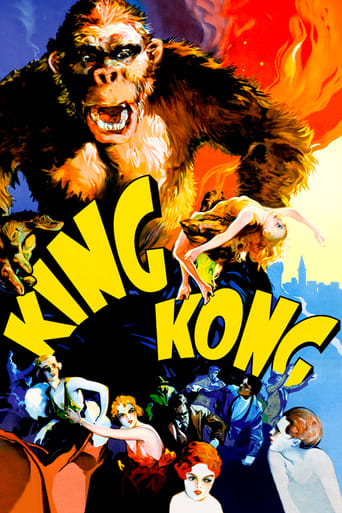
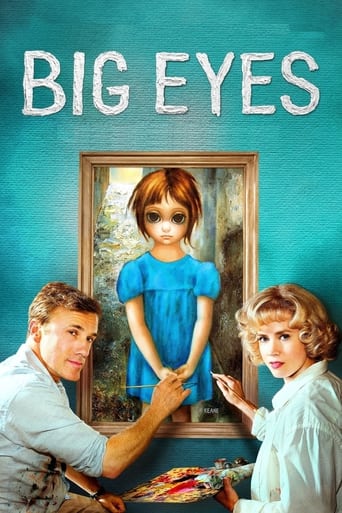
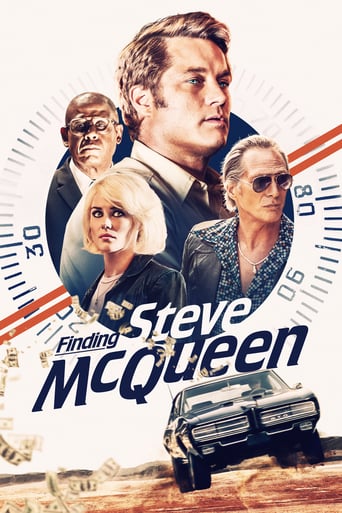
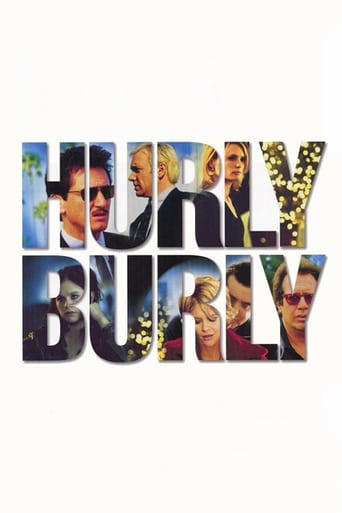
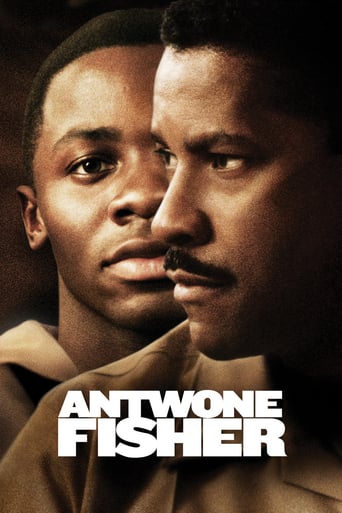
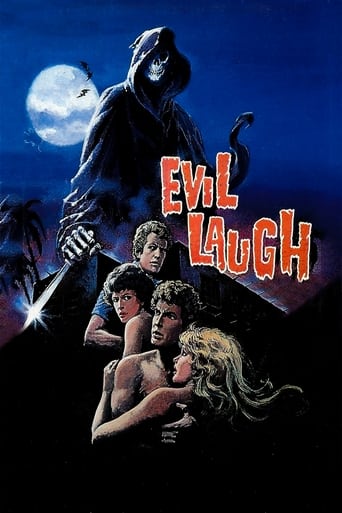
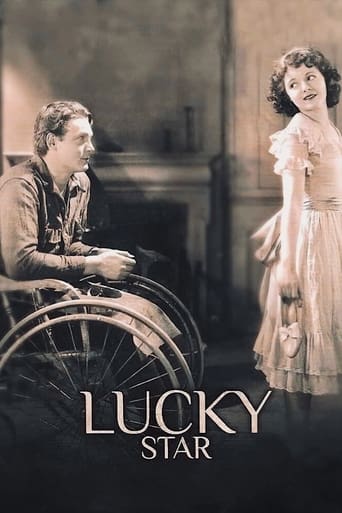

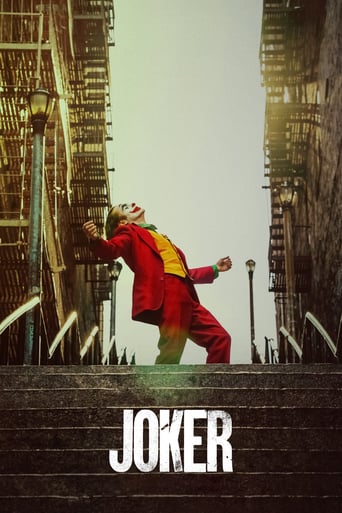
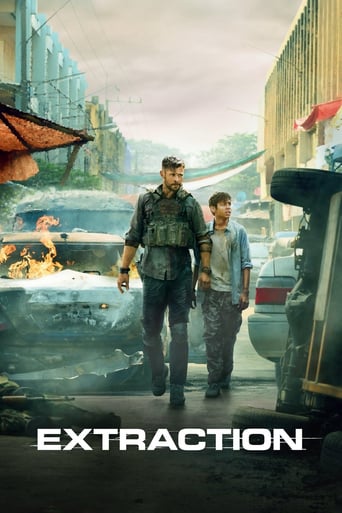
Reviews
hyped garbage
As Good As It Gets
it is finally so absorbing because it plays like a lyrical road odyssey that’s also a detective story.
This is one of the best movies I’ve seen in a very long time. You have to go and see this on the big screen.
Before 1999 John Sayles had already brought himself into fame as one of the biggest names in Independent filmmaking. He has found his niche in writing for the screen and directing, yet he receives mediocre attention to what density his films carry. My all-time favorite film, Matewan (1987), is also by Sayles, and in Limbo, he has done something incredible bringing us a true-to-heart narrative in a small Alaskan town. From the first moments of picture; of salmon restlessly waiting to find a place to go, until the heart-throbbing and hard-hitting ending we examine sub texts between the characters and their past. While the beginning may take a bit to set up shop on where Sayles exactly plans to take us, he does it methodically weaving dialog in and out of shots; interlocking sentence after sentence between different characters while at the same time making a point. The Alaskan wilderness is a perfect setting because nature is unpredictable and Juneau (among other places) is one of the few areas in which all roads lead to virtually nowhere. Meanwhile, Sayles is just prepping us to realize we too as viewers of this narrative, are in Limbo. David Strathairn, Mary Elizabeth Mastrantonio, and Vanessa Martinez deliver wonderful performances that from the beginning reveal their character's interesting pasts. Strathairn seems lost ever since a boating accident that took two friends, and has never gone fishing since while Mastrantonio is a club singer constantly on the move to find a living and a place to keep her and her daughter happy. And finally Martinez is the confused teenager also lost for who she may be and where she belongs. She has a drifting relationship with her mother (Mastrantonio) and finds comfort when talking to Strathairn's character at work. When the three are kept on an Alaskan island with nothing but the clothes on their back, a new element is subtly brought in when Martinez finds a long lost diary of a stranger. She begins reading passages by night as we delve into another world; a lost perspective that is incredibly poetic and raw with emotion.As the backdrop strengthens we are soon deep into Sayles' fantastically created narrative. We think we know where the story is going, but right when you think you know the answer Sayles takes us in the complete opposite direction. It is unconventional storytelling and a film that brings us one of the greatest endings in cinema history.
"Into a limbo large and broad, since called The Paradise of Fools, to few unknown." – John Milton This is one of John Sayles' best film. All the usual John Sayles flaws are here – a rather plain aesthetic, shallow socialism, dated radicalism etc – but these should be overlooked. The actual narrative structure of the film is genius.Sayles opens on a school of fish, closely packed and teetering on the brink of suffocation. Later we will see them flopping about, dying on dry land. Their plight is mirrored to the inhabitants of small town Alaska, who face job cuts, the effects of mechanization and the encroachment of big tourist and logging companies. Like the fish, everyone here is slowly going extinct, their natural environment changing. This leads to several characters "evolving" different means of survival. These means of survival will get more desperate and violent as the film progresses, characters switching jobs, turning to trafficking drugs, murder etc. In other words, everyone in "Limbo" is caught in some form of limbo, Sayles documenting the lengths people will go in order to break free of their uncertainty (and to inject some modicum of hopefulness into the circumstances they find themselves).The film focuses on three characters: an ex fisherman, a club singer called Donna, and her daughter. "Suffocation" or "drowning" motifs orbit around each of them. For example, the ex fisherman lost his friends/family in a drowning accident, an event which put his own life in stasis. Likewise, not only is Donna's own career in limbo, the woman teetering between unemployment and stardom, but the status of her romantic life is always intermediate, the film opening with her being dumped by yet another boyfriend.As the film progresses, Donna and the fisherman will strike up a relationship, each rescuing the other from limbo. But this relationship, and their very survival, will then be swiftly called into question, as they're eventually marooned on an island. Throughout the film, individuals, corporations, couples, loners etc are all pushed onto a kind of precipice of uncertainty, always trapped between rescue/survival and death/extinction.The film's first half is radically different from its second half. In the first half, Sayles uses a multi-threaded narrative in which we're bombarded with information and characters. This is Altman territory, Sayles forcing us to tease out fragments of plot, the director relishing our confusion. We have no idea who our lead characters are, or what indeed the film is about.Nevertheless, important information is being conveyed here. A narrator welcomes us to "America's last frontier" and praises the country's natural wonders, but Sayles' ironic imagery conveys the opposite, treating us to images of Alaska's eradication, men in tacky animal suits, tourists lining up for tickets, and a barrage of inauthentic, cheap, tourist goods. Alaska's "real" nature is being bulldozed, and with it all "authentic experience".As tourists descend upon Alaska, Sayles links them to dying salmon caught in nets and later dead fish hurling along conveyor belts. While this is going on, businessmen in charge of logging companies and tourist boards discuss things. "We want to develop themes here," one says, speaking of his desire to set up little tourist theme parks. As he talks, assistants and servants dance about, tending to his every need. But these businessmen will be swiftly discarded in favour for "the real Alaskan experience", Sayles focusing on a group of characters marginalised by gender, sexuality, race, age, economics etc. These characters, most of whom are disadvantaged, use a variety of different tactics to subvert or use to their own benefits the discourses at work around them. Their "little battles" are then morphed into the plight of three characters, the fisherman, Donna and her daughter, who find themselves stranded on an island. Existing off the tourist footpaths, this is the real "Alaska experience" ("People pay money to go on trips like this!"), the trio fighting off both wild nature and human competition.The island the trio find themselves on is called "Kuleshov Island". We recall Russian film theorist Lev Kuleshov's "Kuleshov effect", in which an audience is allowed to imbue "blank" images with their own "story", "emotions" and "effects". Kuleshov himself made a film, very similar to "Limbo", titled "By The Law", in which a group are stranded in Alaska and share a cabin in the wilderness. What Sayles does is use the "Kuleshov effect" to position the audience such that we resolve the film's story. Will our trio be rescued, or will they be sold out by a character called Smiling Jack (his name is itself suggestive of either benevolence or fiendish scheming - we choose)? Mirrored to this uncertainty is the film's embedded narrative. Here, Donna's daughter finds the diaries of a little girl who herself died on Kuleshov Island. This story-within-a-story is narrated by Donna's daughter who, when she reaches the diaries incomplete end, completes the story herself by imagining/constructing the rest of the plot. In other words, she completes the girl's fate as we complete the fate of the current Kuleshov trio.So what we have is an ensemble (society) which is bulldozed to make way for the "modern experience", a simulacrum of a dying "reality". This abstraction is reversed by a fable-like story in which a small fragment or representation of society fight for survival on an island. Here, a trio symbolically battle over their fate (the fisherman's a dour realist, Donna's a blind optimist and the daughter is an artist/dreamer). Kuleshov style, their fate is then left up to us. This, of course, like Sayles other "implicative narrative" ("Passion Fish"), directly implicates us in their plight, and enfolds us into the film. We, and cinema, are a part of the problem and a part of the solution.8.5/10 – Sayles trades literal sermonizing for something more abstract. Ignore the film's many flaws. What Sayles is doing here is very rare. Worth two viewings.
John Sayles, one of the founders of American independent cinema, gives a terrific and engrossing story every time he makes a film. After seeing his take on the small-town Texas persona in Lonestar, I was prepared to see Limbo. I was not prepared for how it would affect me.This is, quite simply, a masterful work of cinema and narrative. Unlike most directors, Sayles is brilliant and relentless in his purpose. He takes his time to set up the plot, diving right into the strange, shapeless lives of a group of fishermen and natives in Port Henry, Alaska. Everyone in town is forced to reminisce in one way or another. The town is suffering financially, and the way Sayles has his camera almost sneak up and hide behind characters in order to listen to what the locals are saying is genius.Of course, typical Sayles, the plot is almost completely unpredictable. It begins, like Lonestar, as a detailed look into the lives of a small Alaskan fishing town with the lonely, drifting lives of the inhabitants taking front stage. Then, midway the plot completely shifts gears and we get a tale of man vs. nature, the elements that threaten to destroy and overtake the fighting spirit of people. It is here that the cast truly shines. David Straitharin, Mary Elizabeth Mastrantonio and Vanessa Martinez are equally fantastic in their respective, so much so that it is impossible to imagine any other actor playing any of these parts. Sayles is masterful at casting and he proves that here unlike anything else he has done. The final third of the film rests heavily on the relationship between these three characters, so it is crucial that they relate well together and be believable. I couldn't ask for three better performances.In the end, this film is completely stamped with the unique style of John Sayles. Because he is so unpredictable, it is a truly satisfying feeling after seeing one of his films. You feel, not jilted and tricked like most films do, but happy and understanding what and why things happened. This is certainly a film I will be thinking about for awhile after seeing it and I can only hope that filmmakers like Sayles will continue to stick around. After all, these are the kind of films that need to be continued. It has soul, personality and a quality that can teach and inspire. A truly great film.
A common question that people ask about movie directors is: which of his/her movies was your favorite? I wish to assert not only that John Sayles is probably the greatest American director alive today, but that "Limbo" was his best movie, tied with "Lone Star".The former tells the stories of several people in a small town in Alaska. We get to see a couple of stories: a corporate executive wants to log out a forest but leave a thin strip of trees so that no one can see it; the factory is closing down because the ocean is all fished out; and finally, Joe Gastineau (David Strathairn), Donna De Angelo (Mary Elizabeth Mastrantonio) and Noelle De Angelo (Vanessa Martinez) are trapped in limbo.The best part was the ending. A lot of people thought that the ending made no sense, but I thought that it added to the movie's feeling of the world coming apart. You have to see it. 10/10.
Top Streaming Movies











